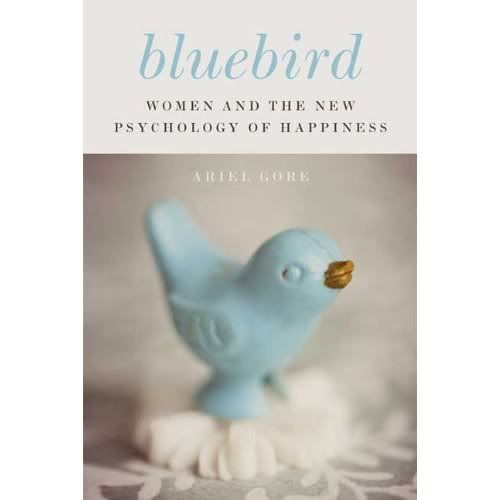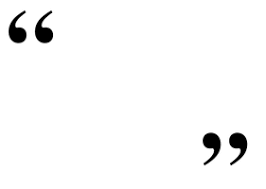Contrary to what Tina Fey said in “Women News” about no one caring, I care that there are four women in space. But I get what she means. While this accomplishment did make some headlines, it wasn’t given the coverage that a certain golf tournament was given. And that’s really sad.
One of the women orbiting our world is Stephanie Wilson and she took the opportunity to encourage women and women of color to apply to the astronaut program. But before we can get more women to apply to be astronauts we need to get more women and girls to believe that they can do it. Not just outer space, but math, science and engineering.
Last month AAUW released a new report called “Why So Few?” AND they attempted a live webcast of the report release and expert panel. I say attempted as there were some technology issues, but I give them a lot of credit for even attempting a webcast of a live event. We need more webcasts like this. As I was on trying to listen to the presentation, a good number of my colleagues from around the country were on the webcast watching and chatting. We exchanged ideas and resources. How else would we get together like this? So big thumbs up! You can watch the day’s events on the archived video too.
You should also read the report too. It’s a good read for the general public. In other words, you don’t need a Ph.D. to get it. It goes into a lot of basic things, but the one theory I want to leave you with is this: We don’t teach our kids the beauty of struggle.
We far too easily praise our kids when they do something easily. I’m guilty of this with my daughter.
But when was the last time we praised our kids when they struggled? When they took a few attempts to get a math problem correct? To sound out a word and attempt to look it up?
Science is about the struggle to find an answer. When we don’t teach that, we set our kids up to fail when they stumble. Especially our girls, who too often strive for perfection.
Since this report, I’m trying even harder than before, to show my daughter that I am flawed, that I make mistakes and that I struggle to get to an answer. Whether this will get her to be launched into space in 30 years…Who knows? By then, I hope to be vacationing up there.
***
Last month I held a giveaway and Kim won! In an effort for people to not think I rigged it for one of my good bloggy friends, I asked Twitter to pick a number 1-3 and ratsamy said ‘2.’ Congrats to Kim!



 I’m way excited to introduce GWP readers to a new regular blogger, Leslie Heywood. On a personal level, I’m thrilled to have Leslie on board because she was the one who first kicked my ass into gear when I expressed a desire during graduate school to write nonacademically. She made it ok. Better yet, she published me. (Leslie, with Jennifer Drake, edited one of the very first third wave feminist anthologies,
I’m way excited to introduce GWP readers to a new regular blogger, Leslie Heywood. On a personal level, I’m thrilled to have Leslie on board because she was the one who first kicked my ass into gear when I expressed a desire during graduate school to write nonacademically. She made it ok. Better yet, she published me. (Leslie, with Jennifer Drake, edited one of the very first third wave feminist anthologies,  So this just well may be my favorite annual report out there, and it’s just out now:
So this just well may be my favorite annual report out there, and it’s just out now:  In his
In his  Pssst…please pass it on!
Pssst…please pass it on! Folks are often asking me for various status-of-women stats. As we get ready to usher in a new year, I thought I’d post some, right here right now. Warning: they’re pretty dismal. Here’s hoping for improvement in 2009!
Folks are often asking me for various status-of-women stats. As we get ready to usher in a new year, I thought I’d post some, right here right now. Warning: they’re pretty dismal. Here’s hoping for improvement in 2009!
